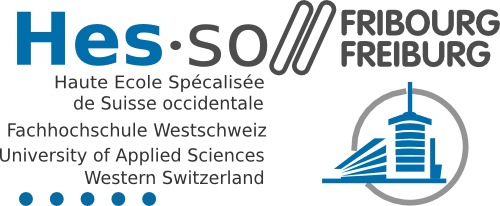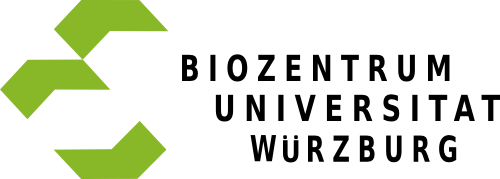Meta-alignment and performance - 23.4.2018
This release increases the speed of variant calling and improves the meta-alignment tool, brining it to the official release version presented at IWBBIO 2018.
This version is based on the 1.6.632 codebase of GensearchNGS.
This version is based on the 1.6.632 codebase of GensearchNGS.
Performance and features - 18.11.2017
This release increases the speed of variant calling and improves the meta-alignment tool.
Meta-alignment alpha - 19.5.2016
The latest release of GNATY contains the beta inclusion of the meta-alignment tool (presented at the ESHG 2016).
This latest version is also based on the code GensearchNGS 1.6.00, which contains stability improvements to all existing tools.
Multithreading and p-values - 15.09.2015
A small maintenance release of GNATY has been made which includes by default the p-values of each variant in the output file.
Other improvements to the VCF file format output have been made as well as the introduction of a new command line option for variant calling -threads, which allows to use multiple threads to call the variants in a BAM file. Please note that using more than 2 threads is unlikely to improve performance as GNATY is heavily I/O bound.
First release - 04.05.2015
We are happy to announce the initial release of GNATY, containing the variant calling algorithm used in GensearchNGS and a coverage analysis tool.
GNATY is available for free for non commercial usage, or part of GensearchNGS for commercial usage.
Variant calling
GNATY contains a variant calling tool that is based closely on the way Varscan 2 calls variants on BAM files. To run the variant calling with the default parameters on a sample BAM file, use the following command:
java -jar gnaty.jar caller -bam ALIGNMENT.bam -ref REFERENCE.fasta -out VARIANTS.vcf
Show Varscan 2 and GNATY equivalence
The following GNATY command:
java -jar gnaty-1.0.jar caller -bam d1.bam -qbase 13 -rar -one -vs2 -freq 0.2 -cov 10 -allel 4 -ref data/hg19.fasta -out gnaty_D1.vcf
is equivalent to the following Varscan 2 command:
samtools mpileup -x -B -R -C 0 -Q 13 -f hg19.fasta d1.bam | java -jar VarScan.v2.3.7.jar mpileup2cns --min-coverage 10 --min-reads2 4 --min-var-freq 0.20 --output-vcf 1 --strand-filter 0 --min-avg-qual 0 --p-value 0.99 --variants -o varscan2.vcf > varscan2.vcf
Many aspects of the variant calling can be fine tuned. Here is a list of parameters that can be used:
General options
| {{option.name}} | {{option.desc}} |
| Variant calling options | |
| {{option.name}} | {{option.desc}} |
Coverage analysis
The coverage analysis tool in GNATY is mainly replicating the coverage analysis tool found in BEDtools, creating a BED file containing the coverage information of a given BAM file. To create a BED file containing the coverage information of a BAM file use the following command:
java -jar gnaty.jar coverage -bam ALIGNMENT.bam -out COVERAGE.bed
Show Bedtools2 and GNATY equivalence
The following GNATY command:
java -jar gnaty-1.0.jar coverage -bam d1.bam -out gnatyCoverageD1.bed
is equivalent to the following Bedtools2 command:
genomeCoverageBed -ibam d1.bam -bg > bedtoolsCoverage.bed
The complete list of options can be found here:
General options
This is a beta test version. Permission is granted for the normal use of
the program and its output in an academic setting, including
in publications. If the program is used to generate data for a
publication, please cite one of the folowing papers: | {{option.name}} | {{option.desc}} |
DNAseq workflow in a diagnostic context, and an example of a user friendly implementation
Beat Wolf, Pierre Kuonen, Thomas Dandekar, David Atlan
BioMed Research International, 2015
GNATY: Optimized NGS variant calling and coverage analysis
Beat Wolf, Pierre Kuonen, Thomas Dandekar
IWBBIO 2016
If you use the software and detect potential bugs we would greatly appreciate a bug report via email.
The program itself may not be modified in any way, may not be reverse-engineered nor may it be distributed outside your institution. If one of your colleagues from another institution is interested, please refer him to gnaty.phenosystems.com to register and download from our site.
This license does not allow the use of this program for any commercial purpose. If you wish to use this program for commercial purposes, please contact Phenosystems for a commercial licence agreement.
No guarantees are given as to the program's correctness, or the accuracy or completeness of its output. Phenosystems (including its affiliates, contractors and employees) accepts no liability for damage or otherwise following from using and interpreting the output of this program.
The software is supplied "as is", without obligation by Phenosystems or the authors to provide any services or support. Free bug fixes may be implemented, depending on the availability of resources. If you require support and updates, these can be provided with a commercial agreement.
The software is for research use only, not for diagnostics purposes.
All copyrights remain with their respective owners.
Email:



